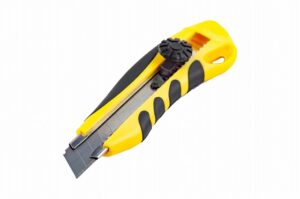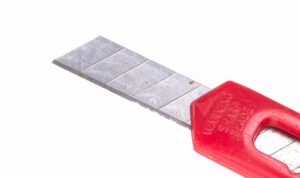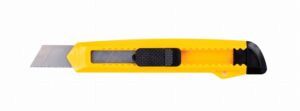The cutter knife is an incredibly useful tool that we utilize in various scenarios - in our daily lives, in the office, in art, and the construction industry, to name a few. There might be few who deeply understand the origins of this simple yet revolutionary tool, or the backstory of why it's loved worldwide.

The Origin of the Japanese Cutter Knife
the challenging times after the war, thought of a method to cut paper using shards of glass. Inspired by the creases in the chocolate bars eaten by the American occupation soldiers, he came up with the idea of adding notches to the blade. This innovation allowed for the dulled edge to be easily snapped off, exposing a fresh blade to use.

Recognition and Acceptance Globally
The cutter knife invented by Mr. Okada was initially resisted due to the notion that "blades shouldn't break." However, Mr. Okada established his unique standards, which later gained popularity and use across the world. Today, the standards for the cutter knife, as set by a Japanese company named "Olfa," have effectively become the global benchmark.

The Name of the Cutter Knife and Its Meaning
The term "cutter knife" is an English phrase created by the Japanese and is known as "utility knife" in English-speaking regions. However, in countries like Switzerland, it's referred to as a "Japanese knife," highlighting the high appreciation for Japanese technology and creativity.

By understanding the history of the cutter knife, one can truly appreciate the brilliance of Japanese technology and inventions. The next time you hold a cutter knife, try to remember its background and history.